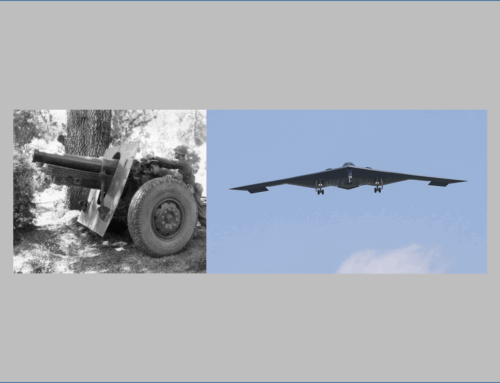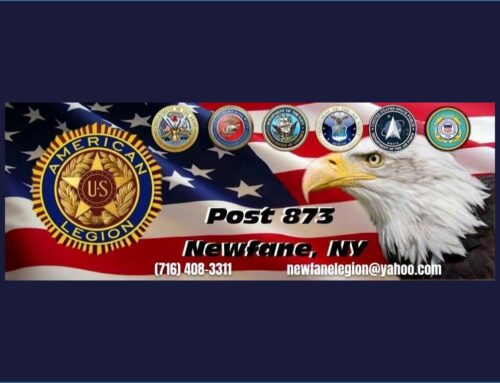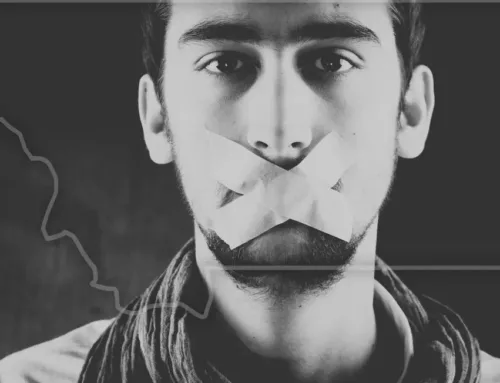A Survey: The Generational Correlation Between Trauma in Families of the Navajo Long Walk and Trauma in World War I
Published: 13 February 2024
By Ava Marie Machtinger
Special to the Doughboy Foundation website

Shell Shock and Long Walk victims framed
Did victims of traumatic events such as shell-shock in World War I (left) and the Navajo Long Walk in 1864 pass on their trauma to the succeeding generations of their families?
First and foremost, thank you Reader for reading this article about generational trauma. My name is Ava Marie Machtinger, and I am a Junior at Saint Pius X High School, taking the class known as AP Research. This class is a year-long course where students research what is known as a “gap” in a certain body of literature. This gap represents a question that has yet to be asked and where professional literature has yet to be examined; this is also where students find their area of study to develop an original research question. During this year, students write a 5,000-word paper and collect data to form a new understanding of their study. My study examines the potential correlation between generational trauma from past events like World War I and the Navajo Long Walk.

A patient suffering from shell shock in France in 1918.
During World War I, five million American families sent their loved ones into battle and 116,516 of these people died in the war.[1] World War I, also known as the Great War, began because of several events that lined countries up against each other. The event that first triggered the start of the war was after Austrian Duke Ferdinand was assassinated by a Serbian national known as Gavrilo Princip. The reason that this essentially began the long war, that lasted from 1914 to 1918, is that Germany supported Austria-Hungary, but Russia who was allied with France supported Serbia in the smaller war between Austria-Hungary and Serbia.[2]
The United States (U.S.) president, Woodrow Wilson, stated that the U.S. would remain neutral throughout the war; this was until Germany sent unrestricted submarines into the Atlantic that attacked a merchant ship in 1917.[3]
During the time of World War I between 1914 and 1919 there was no clear diagnosis of PTSD symptoms. Many scientists matched the symptoms of PTSD with what came to be known as Shell Shock. Doctors and scientists during the war would either diagnose the soldiers with shellshock, or they would use not yet diagnosed neurologic (NYDN).

A nurse aids a US soldier in a Red Cross hospital during World War I in France, in August 1918
Symptoms that came to be associated with shell shock were a sudden inability to talk, loss of hearing, tremors, inability to walk, episodes of loss of consciousness, and convulsions.[4]
Another common symptom of this diagnosis was seen in the hearing loss that soldiers suffered at extreme levels. The soldiers often experienced frequencies above 160 dB from grenades, as well as above 180 dB in the trenches.[5] This hearing loss led to the soldiers being permanently harmed and unable to function in some cases, so they were removed from the battle.
This removal from the battlefield was often the most harmful to the psyche of the soldier’s mind, but it was not until British scientist Major Frederick Mott at Maudsley Hospital disproved the shell shock theory that actual forms of treatment began to take place.
At the “War Office Committee of Enquiry Into Shell Shock ” also known as the Southborough Committee Mott was able to disprove shell shock as a usable form of diagnosis.[6]
Overall there lies a gap from the inconsistency of the diagnosis of trauma in WWI, and in this study the two traumatic events that will be examined in this study are the incidents during World War I and the Navajo Long Walk.

A shell shock patient who is recovering, at a US Army facility in Blois France during World War I, in September 2018
Events of the Navajo Long Walk, however, have been less reported on. The Navajo Long Walk occurred in 1864, not long after the Treaty of Guadalupe (1848) was made to settle the Mexican-American War. This gave the U.S. Mexican territory which included Native American lands. The Navajo, or Diné as they were called in 1864, were forced to move out of their sacred land after more land treaties with the Anglo settlers had fallen through. The Navajo refused to move in the months following the Long Walk, so General James H. Carleton ordered Kit Carson to follow through with the Scorched Earth Campaign that would deliberately burn villages and starve the Navajo people.[1]

During this campaign farms and homes were burned, cattle were killed, people were slaughtered, and water resources were destroyed all so the Navajo people would be stripped of all their resources and have to move into the reservation that Carson had set up for them. When the Navajo nation finally surrendered everyone, men, women, and children were forced to walk 450 miles to the Bosque Ronaldo Reservation where US soldiers would be waiting for them to make sure they could not leave.
The aftermath of this trek to the reservation was that 2,500 Navajos died out of the 8,000 that originally began the walk.[8] While Carson said that this was to give the Navajo new land, it became clear that the purpose of this Long Walk was to “assimilate” them into American society.

Both of these events, World War I and the Navajo Long Walk, show that a traumatic affair has taken place that poses the question; How has the trauma experienced by the Navajo Long Walk and from World War I continued to affect people generations after the event?
The survey attached to this article contain questions regarding the familial connections to current symptoms of post-traumatic stress disorder (PTSD). The survey involves a series of questions about past generations and their ties to current feelings toward the stressor. Personal information from this survey will not be collected or used in any way from these surveys and will not be released in the paper per the International Review Board (IRB) paperwork. With your help, I hope to further the understanding of this topic in order to shed light on the severity of past events on current generations.
Notes:
[1] “Family Ties.” Family Ties Orientation Page – World War I Centennial, www.worldwar1centennial.org/index.php/commemorate/family-ties/family-ties-orientation-page.html#:~:text=Almost%20five%20million%20American%20families,shipping%2C%20and%20many%20other%20fields. Accessed 13 Dec. 2023.
[2] “U.S. Participation in the Great War (World War I) : Progressive Era to New Era, 1900-1929 : U.S. History Primary Source Timeline : Classroom Materials at the Library of Congress : Library of Congress.” The Library of Congress, www.loc.gov/classroom-materials/united-states-history-primary-source-timeline/progressive-era-to-new-era-1900-1929/united-states-participation-in-world-war-i/. Accessed 12 Dec. 2023.
[3] “The American Expeditionary Forces A World At War Articles and Essays Stars and Stripes: The American Soldiers’ Newspaper of World War I, 1918-1919 : Digital Collections : Library of Congress.” The Library of Congress, www.loc.gov/collections/stars-and-stripes/articles-and-essays/a-world-at-war/american-expeditionary-forces/. Accessed 13 Dec. 2023.
[4] Crocq, Marc-Antoine. “Full Article: From Shell Shock and War Neurosis to Posttraumatic Stress …” From Shell Shock and War Neurosis to Posttraumatic Stress Disorder: A History of Psychotraumatology, 1 Apr. 2022, www.tandfonline.com/doi/full/10.31887/DCNS.2000.2.1/macrocq.
[5] Conroy, K, and V Malik. “Hearing Loss in the Trenches – a Hidden Morbidity of World War I: The Journal of Laryngology & Otology.” Cambridge Core, Cambridge University Press, 29 Oct. 2018,
[6] Shively, Sharon B. MD, PhD; Perl, Daniel P. MD. Traumatic Brain Injury, Shell Shock, and Posttraumatic Stress Disorder in the Military—Past, Present, and Future. Journal of Head Trauma Rehabilitation 27(3):p 234-239, May/June 2012. | DOI: 10.1097/HTR.0b013e318250e9dd
[7] “The Long Walk: The Navajo Treaties.” Smithsonian National Museum of the American Indian, americanindian.si.edu/nk360/navajo/long-walk/long-walk.cshtml. Accessed 13 Dec. 2023.
[8] “Tribes – Native Voices.” U.S. National Library of Medicine, National Institutes of Health, www.nlm.nih.gov/nativevoices/timeline/332.html#:~:text=In%20a%20forced%20removal%2C%20the,during%2018%20days%20of%20marching. Accessed 13 Dec. 2023
External Web Site Notice: This page contains information directly presented from an external source. The terms and conditions of this page may not be the same as those of this website. Click here to read the full disclaimer notice for external web sites. Thank you.



